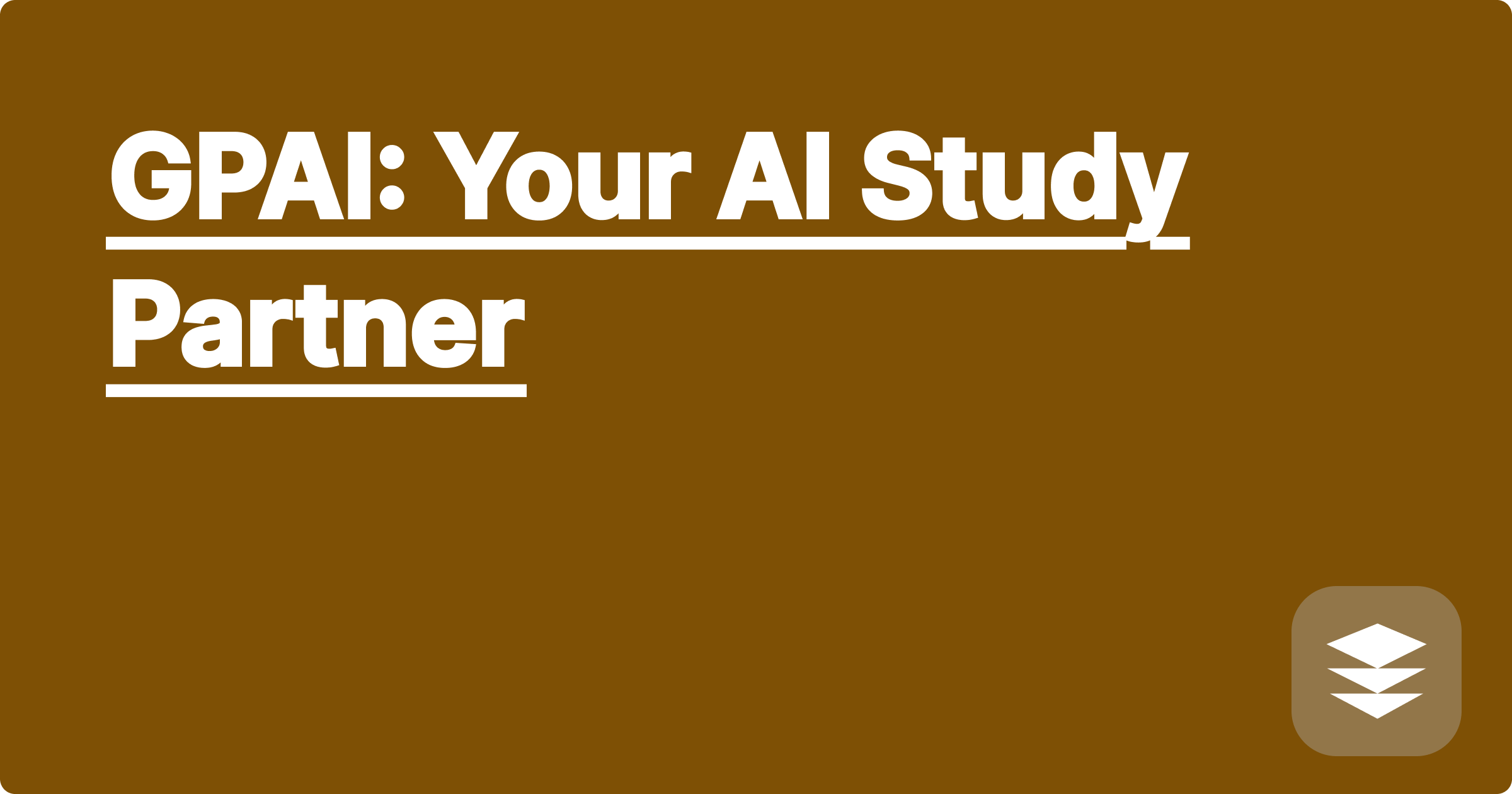
The demanding world of STEM education and research often presents a formidable challenge: managing the sheer volume of complex information, intricate formulas, and demanding research projects. This constant influx of knowledge can feel overwhelming, leading to long study hours and increased stress. Fortunately, the rise of artificial intelligence offers a powerful solution, providing STEM students and researchers with intelligent tools to navigate this challenging landscape. AI can be a powerful ally, offering support in everything from understanding complex concepts to streamlining research tasks.
This new era of AI-powered learning is particularly relevant for STEM students and researchers. The ability to quickly grasp complex concepts, analyze data efficiently, and generate novel ideas is crucial for success in these fields. AI tools can act as personalized study partners, providing on-demand support and accelerating the learning process. This empowers students to not only improve their academic performance but also to develop a deeper understanding of the material, fostering genuine intellectual growth.
STEM fields are characterized by their reliance on rigorous logic, complex mathematical models, and extensive experimentation. Students often grapple with understanding abstract concepts, deriving intricate formulas, and applying theoretical knowledge to practical problems. Research, too, can be a daunting process, requiring meticulous data analysis, extensive literature reviews, and the development of innovative solutions. Furthermore, staying updated with the latest advancements in rapidly evolving fields like biotechnology or nanotechnology adds another layer of complexity. This constant pressure to learn and innovate can lead to burnout and hinder academic progress. The sheer breadth and depth of information required in STEM fields create a significant challenge for both students and seasoned researchers.
AI tools like ChatGPT, Claude, and Wolfram Alpha offer powerful capabilities to address these challenges. ChatGPT and Claude excel at explaining complex concepts in clear, accessible language. They can break down intricate theories into digestible pieces, provide alternative explanations, and even generate practice problems. Wolfram Alpha, on the other hand, is a computational powerhouse capable of solving complex equations, performing symbolic computations, and providing step-by-step solutions. These tools can be used synergistically to create a comprehensive learning and research environment. By leveraging the strengths of each platform, STEM students and researchers can significantly enhance their understanding and productivity.
Imagine you're struggling to understand the concept of quantum entanglement. You can start by asking ChatGPT or Claude to explain it in simple terms. These AI tools can provide analogies and examples to make the concept more intuitive. Once you have a basic understanding, you can delve deeper by asking more specific questions, such as how entanglement is used in quantum computing. For instance, you could ask, "Explain how quantum entanglement is used in quantum teleportation." If you encounter a complex equation related to quantum mechanics, you can use Wolfram Alpha to solve it step-by-step. Simply input the equation, and Wolfram Alpha will not only provide the solution but also show the intermediate steps, allowing you to understand the underlying mathematical principles. This iterative process of questioning, exploring, and solving allows you to build a strong foundation in even the most complex STEM subjects.
Consider the Navier-Stokes equations, a cornerstone of fluid dynamics. These equations are notoriously difficult to solve analytically. However, using Wolfram Alpha, you can input specific boundary conditions and obtain numerical solutions. For example, you could input the equation for a two-dimensional flow around a cylinder and obtain the velocity and pressure profiles. Similarly, if you are struggling with a concept in organic chemistry, such as the mechanism of the SN2 reaction, you could ask ChatGPT to explain it step-by-step, providing examples and highlighting the key intermediates. ChatGPT can even generate practice problems to test your understanding. In bioinformatics, AI tools can analyze large datasets of genomic information, identifying patterns and predicting protein structures. These examples illustrate the versatility of AI in various STEM disciplines.
To maximize the benefits of AI in your STEM studies and research, develop a strategic approach. First, clearly define your learning objectives. Knowing what you want to achieve will help you formulate specific questions and tasks for the AI tools. Second, actively engage with the material. Don't simply passively consume the information provided by the AI. Instead, ask follow-up questions, challenge the AI's responses, and try to connect the new knowledge to what you already know. Third, experiment with different AI tools. Each tool has its strengths and weaknesses. By exploring various platforms, you can find the ones that best suit your learning style and research needs. Fourth, always critically evaluate the information provided by AI. While these tools are incredibly powerful, they are not infallible. It's essential to cross-check information and consult with your professors or mentors when necessary. Finally, remember that AI is a tool, not a replacement for human intellect. Use it to enhance your learning and research, but don't rely on it entirely.
To embrace the full potential of AI as your study partner, start by identifying specific areas where you need support. Explore the different AI tools available and experiment with their functionalities. Develop a personalized learning strategy that integrates AI seamlessly into your workflow. By actively engaging with these powerful tools and critically evaluating their output, you can unlock a new level of academic achievement and research productivity. The future of STEM learning is here, and it’s powered by AI.